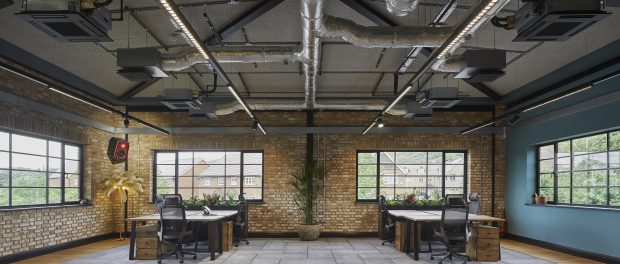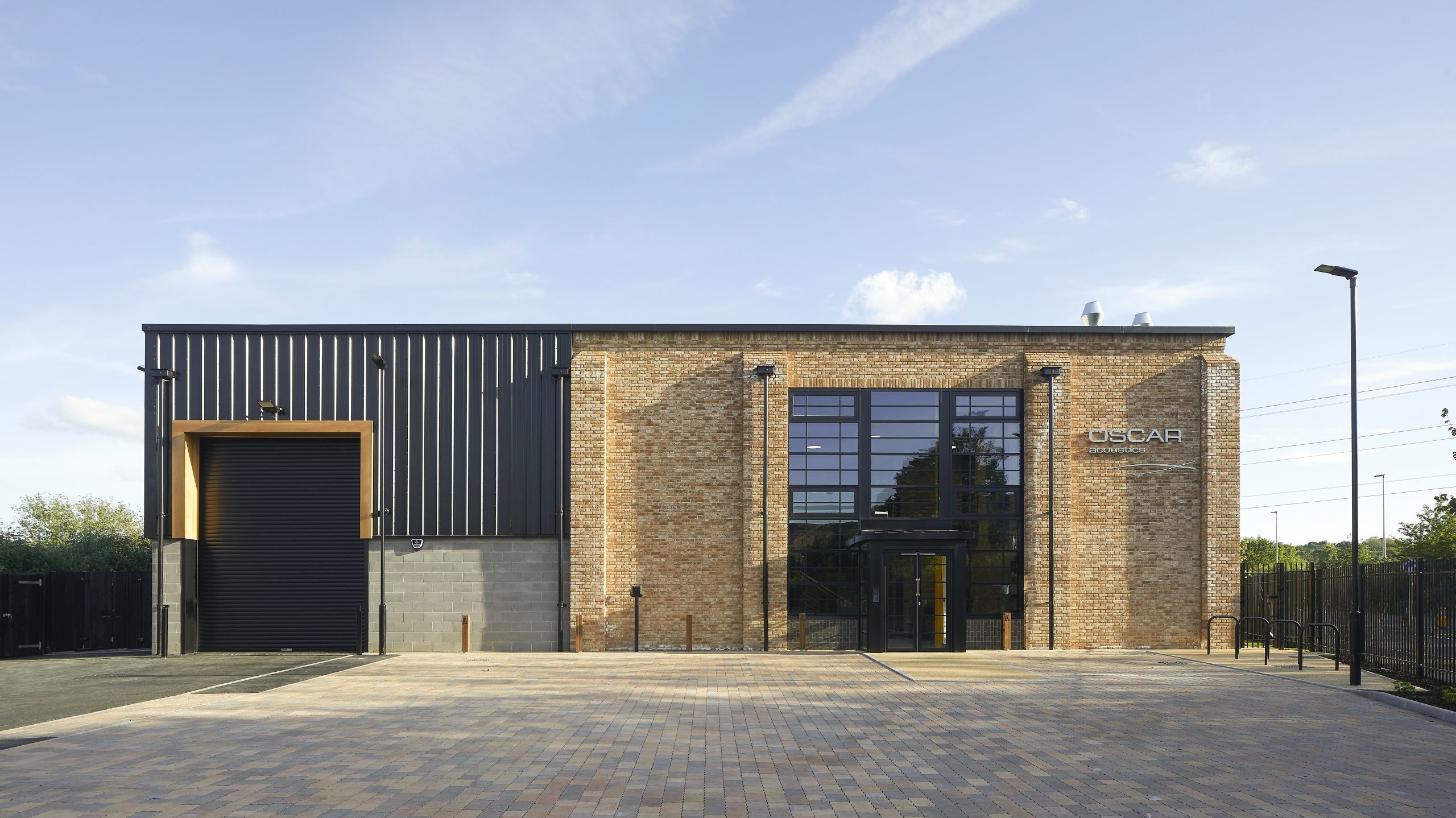Pioneering change in commercial design
 ©Hufton+Crow
©Hufton+Crow
Attributed to: Ben Hancock, Managing Director, Oscar Acoustics
A new year has brought a fresh perspective in commercial design. Evolution in employee expectations, technological advancements, and a growing emphasis on sustainability have transformed the commercial workplace landscape.
This has set the stage for progressive trends that will shape office spaces in the coming months, balancing the needs of an office–based workforce with the imperative for raised awareness around sustainable design.
Functionality breeds productivity
The shift towards creating ‘home-away-from-home’ environments has gained momentum, with thoughtful design and planning becoming essential in attracting employees back to the office. Features like breakout areas, private spaces, and premium amenities are now critical in fostering comfort, community, and creativity.
Recent JLL research reveals that employees are averaging 3.1 days per week in the office, with a strong desire for non-traditional spaces that support concentration (47%), energy restoration (40%), and desk alternatives (39%).
This truly underlines the critical need for businesses to ensure that their workspaces are fit for purpose. Long gone are the days of not meeting employee needs, businesses now know the importance of replicating the level of comfort staff experience at home. However, without a focus on the root causes of low productivity levels, employees will continue to choose the home over the office, where they can work uninterrupted, away from distractions.
A case in point is the Oscar Innovation Centre, Oscar Acoustics’ new state-of-the-art HQ. Demonstrating a balanced approach, featuring an open-plan layout with low-level background music for team interaction, complemented by sliding glass doors for privacy. This design accommodates the diverse needs of the modern workforce, from collaborative sessions to focused individual work.

©Hufton+Crow
Toeing the regulatory line
Looking ahead, we anticipate a significant investment in retrofitting older buildings to comply with tightening EPC regulations. This trend presents an opportunity for asset and building owners to enhance comfort and overall well-being while transforming outdated offices into vibrant, future-ready spaces aligned with contemporary workforce needs. Sustainability will continue to be a key value driver in 2025.
The past year has seen a shift towards measurable, verified practices, moving away from vague claims like ‘carbon-neutral’. We expect contractors to invest more in their sustainability departments to better understand and document environmental impacts.
Commercial spaces meeting environmental benchmarks such as BREEAM or LEED certifications will likely command higher property values and attract premium tenants. Green offices with ‘outstanding’ or ‘excellent’ BREEAM ratings are showing significantly lower vacancy rates compared to their less sustainable counterparts.
Fire safety remains a paramount concern for commercial properties, with continuous updates to regulations requiring the industry to adapt and implement stringent safety measures. Property owners now have no room for error in addressing fire safety in both new and existing builds, ensuring compliance and safeguarding occupants.
Learning lessons for continued success
The commercial workplace sector has demonstrated resilience in adapting to regulatory changes, though not without challenges. Many companies, especially SMEs, have faced rising costs and unexpected expenses. In this environment, maintaining financial discipline and building reserves are crucial for business resilience.
Looking at our approach at Oscar Acoustics has been influenced by past lessons. After experiencing rapid growth followed by significant challenges, we’ve spent the last year preparing for sustainable expansion. The focus has been on stability, bolstering our teams, and investing in infrastructure and training facilities to maintain high standards as we grow.
As we progress through 2025, the priority needs to be on rebuilding reserves to safeguard against potential challenges while positioning ourselves for long-term success. The commercial workspace for this year will be characterised by adaptability, sustainability, and a keen focus on employee well-being, setting the bar for a new era of workplace design and functionality.
